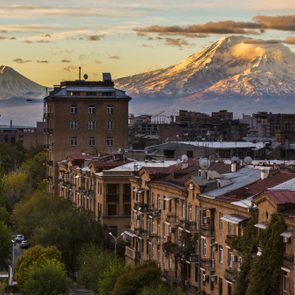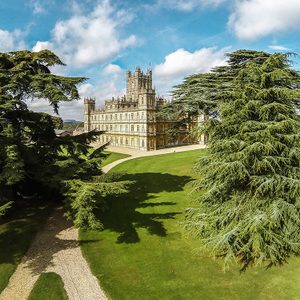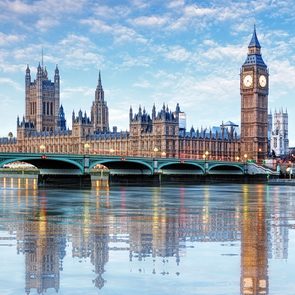A Fairy-Tale Tour Through the Castles of the Loire Valley
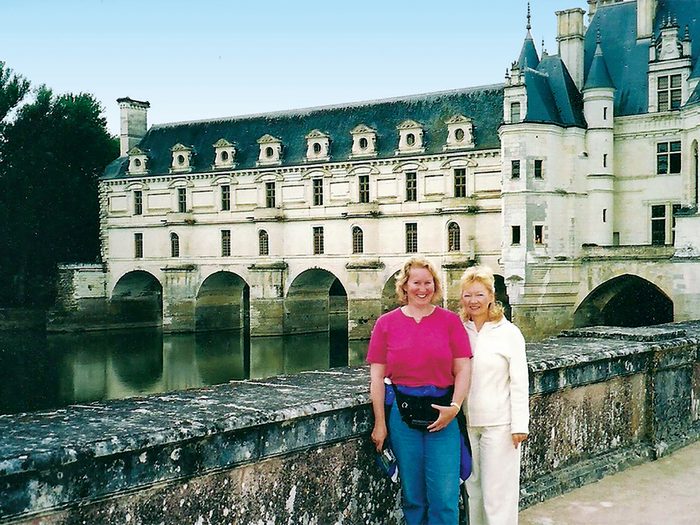
For this history lover, a trip to tour the opulent palaces and lavish castles of the French Renaissance in the Loire Valley was a dream come true.
Being a romantic and a lover of history, art and architecture, I am drawn to the world-class museums of Paris and fairy-tale castles of the Loire Valley.
On the first leg of our journey, my travelling companion and I take the RER train for a day trip to the resplendent Palace of Versailles, about 20 kilometres from the centre of Paris. This is where the Treaty of Versailles was signed, sealing the end of the First World War. The opulent palace- museum projects the glory of Louis XIV, the Sun King, whose sumptuous abode reflects the power of an absolute monarch. Silk, brocade and gilt are standard, and the dazzling Hall of Mirrors is reflected in glittering chandeliers. We stroll the lavish grounds as the fountains dance a water ballet; Apollo and his horses are the pièce de résistance.
After a week soaking up the ambience of cafés, galleries and museums in Paris, it’s finally time to experience the crème de la crème of châteaux in the Loire Valley. We visit one castle each day. Guided bus tours often pack in two or three a day, so our pace is leisurely. We rent a car and take the A10 highway south to château country.
We stop in medieval Amboise, about three hours south of Paris. With its pedestrian-friendly streets, full of art shops, tea salons and patisseries selling melt-in-your-mouth macarons, it’s worth a visit. Château d’Amboise and Clos Lucé, once the manor home of Leonardo da Vinci, are located here. The town of Chenonceaux, which we choose as our springboard, is just 15 min utes further south.
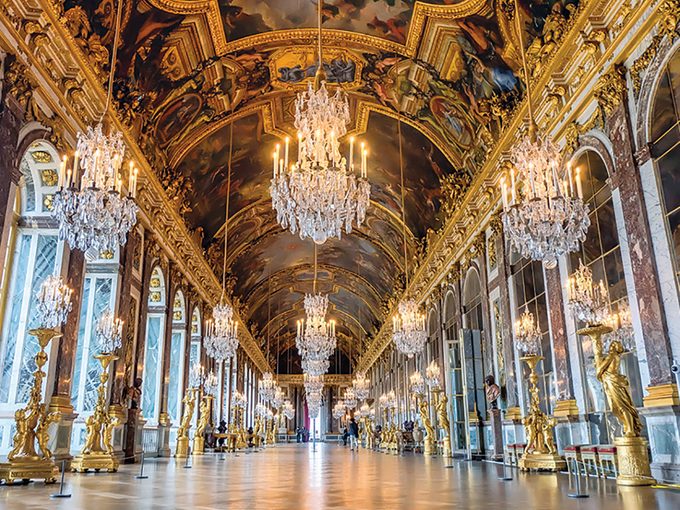
Let’s Go To The Châteaux
The tiny ivy-clad village of Chenonceaux is a short walk to the stunning Château de Chenonceau, known as “the jewel of the Renaissance.” This must-see castle more than lives up to its title and was by far my favourite. In addition to its stunning architecture and the romantic love story of Henry II and his mistress, Diane de Poitiers, this château, built on the Cher River in the 16th century, boasts a chapel, bridge, Florentine gallery and rooms featuring portraits, antique canopy beds and Flemish tapestries. There are two formal gardens: one designed for Henry’s wife, Catherine de Medici, and the other for his mistress, Diane de Poitiers. We stroll through the gardens, taking in marble statues, roses and lavender. Later in the evening, we return for a sound and light show. The sweeping canopy of trees, magnificently illuminated, transform the entranceway into a mauve and azure Monet painting as the music of Corelli is played.
The grandiose Château de Chambord, with its turrets, towers and 440 rooms, is not to my taste. It feels huge and cold and, with many empty rooms, reminds me of a big-box store. Highlights include the double-helix staircase designed by Leonardo da Vinci and the sensational equestrian show performed on the grounds by riders in period costume.
A traveller could easily combine a visit to Chambord’s horse show with a tour of the nearby Château de Cheverny, built in the 17th century of white tufa, which has aged beautifully. In the same aristocratic family for centuries, Cheverny maintains a lived-in feel. It is exquisitely furnished with ornately painted ceiling beams and leather-covered walls. Though fox hunting is a controversial sport, 100 hounds are kept.
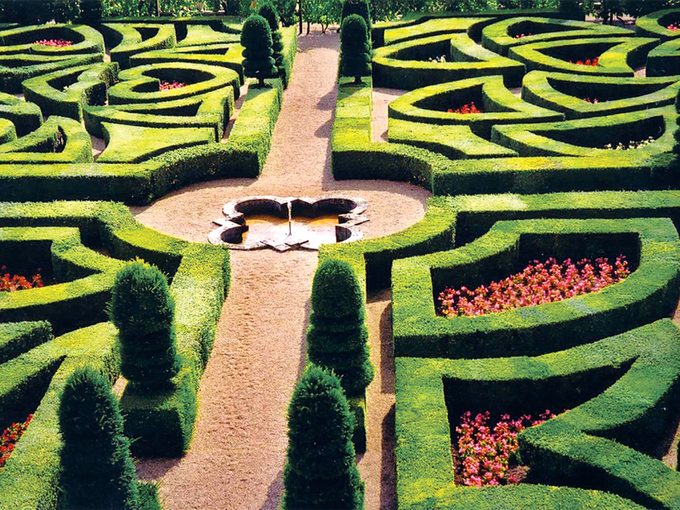
de Villandry.
Set on a hill, the multi-turreted Château d’Ussé seems the quintessential fairy-tale castle. Legend has it the château inspired Charles Perrault’s Sleeping Beauty, depicted here by costumed mannequins. Once inside, romance gives over to the reality of just how dark and cold it must have been living in the Middle Ages.
Château Villandry, finally, is the gardeners’ castle. The exquisite gardens, inspired by the Italian Renaissance style, are a triumph of colour, design and plant diversity. There are terraces and belvederes, so you can view and photograph the unique patterns on three levels. The ornamental Garden of Love features delicate, perfectly pruned boxwood hedges in heart shapes. The kitchen garden contains pear trees and outstanding tree roses. Most memorable is the water garden, its pond the shape of a huge Louis XV mirror. Symmetrical fountains offer a Zen-like respite. Swans add to the serenity.
Looking back after so long in lockdown, speaking with locals and travellers while exploring these enchanting destinations without fear—even accepting an invitation to dance in the streets on Bastille Day—seems a free and magical time.
If you seek to spark your imagination and nurture your spirit with architecture, artistry and nature, search no further than the castles of the Loire.
Next, check out the fascinating history of the Isle of Lewis.
